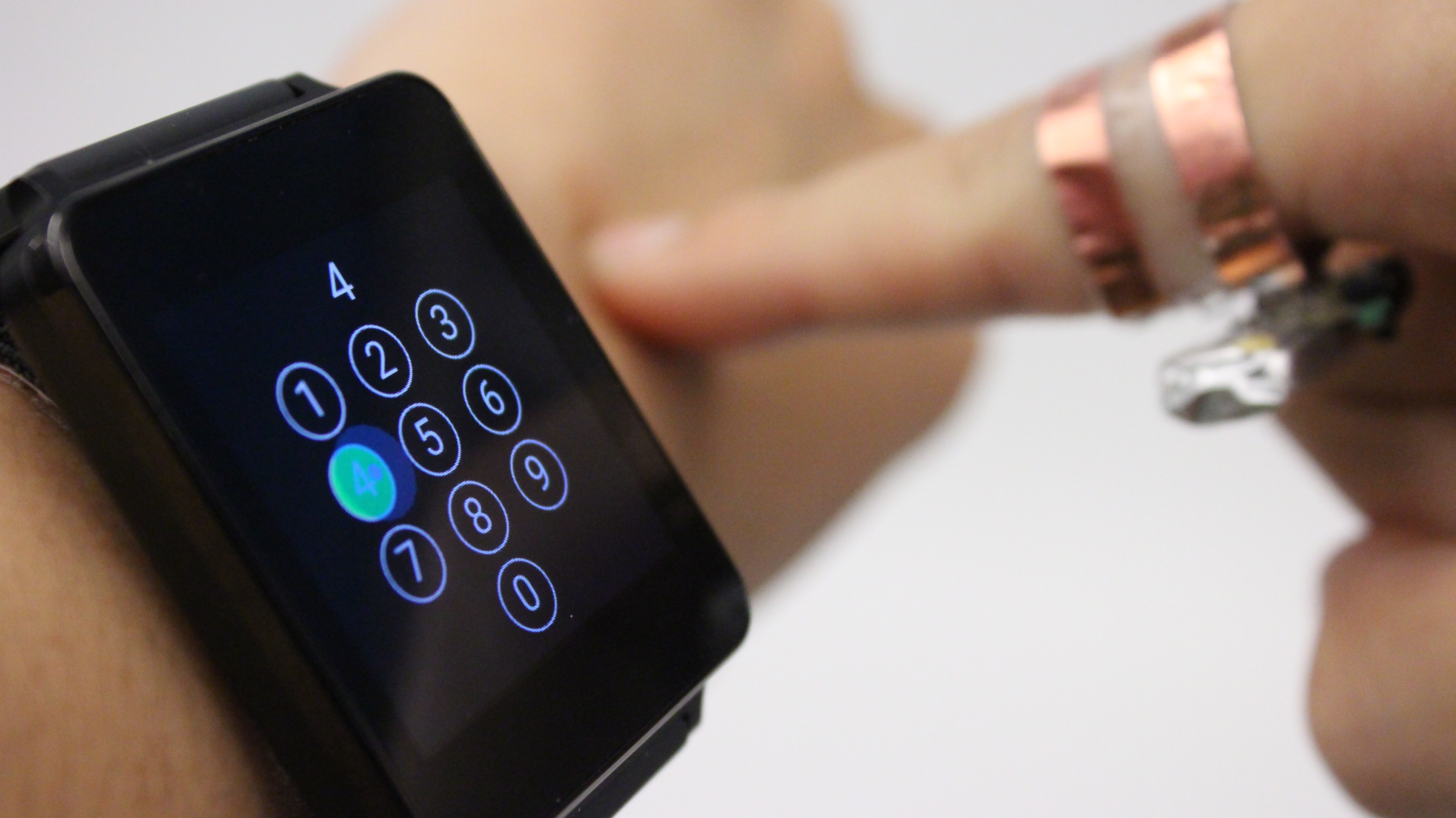Smartwatches have been on the market for quite some time, and while their benefits are great and obvious, their success has not been consistent. One of the big problems with smart watches is definitely their small size. Carnegie Mellon University solved the problem with SkinTrack. Part of the smartwatch screen was transferred to the user's hand. Thus, the user can use his hand as a touchpad - for example, he writes a letter with his finger on the palm of his hand, and it is printed on the screen.
SkinTrack is a new technology for smart watches that turns the user's hand into a screen. So your fingers don't block the screen when you're doing something on it. Instead, you write the commands on the palm or forearm, which works in the same way as the watch screen, but at the same time you can follow the action on the screen without interruption. The system works on the basis of the ring, worn by the user, and two electrodes, built into the smart watch case.
READ MORE: Honor Band A1: A smart bracelet that won't burn you!
The good side of the product is that from the user does not require drastic adjustments – rings and watches are something we have been using since time immemorial. The technology also works when the user has long sleeves, which means that he does not have to freeze additionally in the winter due to the use of SkinTrack. Currently, SkinTrack is still in prototypical form, as scientists are still racking their brains over how to increase the battery capacity of the ring. If SkinTrack does see a launch, it's likely to become a huge success quickly. In the meantime, you can watch a detailed demonstration of this revolutionary product in action in the video below.






